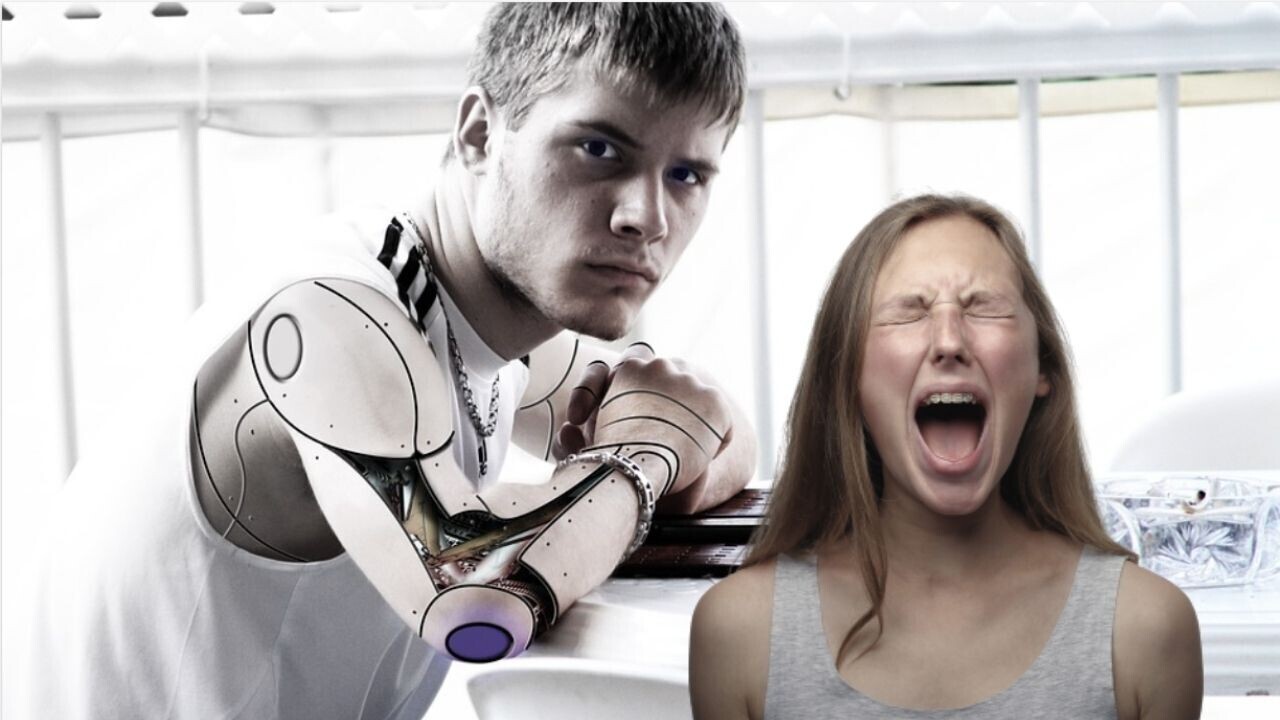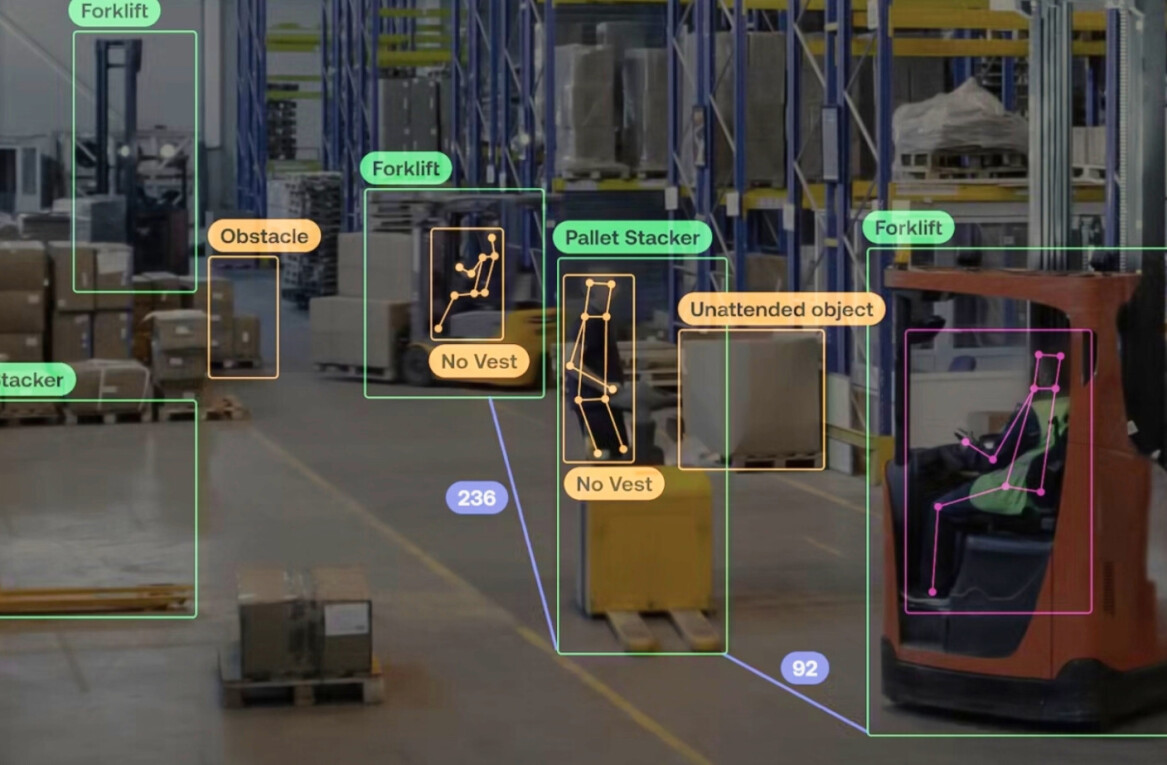
Another lifelike robot is striking horror into the hearts of humans.
Named Ameca, the android can convey an impressive range of facial gestures — and people are freaking out.
How it’ll start vs How it’s going to go pic.twitter.com/MQQcRTy7NB
— Jacob Brill (@JacobbBrill) December 2, 2021
These are predictable reactions. Whenever a machine shows another human-like capability, from dancing to speaking, it sparks fears of robot uprisings.
These anxieties are somewhat misplaced. Why are people are more disturbed by robots that blink than combat drones and AI machine guns? It’s not the most rational priority, but there are a few good reasons for the fervor.
1. Hollywood brainwashing
Do you remember a movie about a killer humanoid? Of course you do — there are hundreds of them.
A number of these fictional machines have been compared to Ameca.
How it will end: pic.twitter.com/auW7i3Zkv4
— ?????? ???️? (@FineAmazonFem) December 2, 2021
Robots in science fiction often bear human forms, but don’t always have their progenitors’ best interests at heart.
These depictions shape our imaginations, but they aren’t necessarily realistic. If Hollywood wanted to prepare us for real threats, we’d see more robot swarms and combat drones. Yet these don’t make for characters as memorable as Terminators and Robocops.
2. The uncanny valley
In 1970, Japanese roboticist Masahiro Mori hypothesized that people find anthropomorphic agents appealing, but only to a certain point. When they become almost, but not quite human, our response turns to revulsion. This dip is known as the uncanny valley.
The hypothesis is still debated, but the effect has been observed in studies of real-world robots. While the cause remains unclear, scientists have identified a link between the uncanny valley and specific parts of the brain.
This neurological response could explain the fearful reactions to Ameca. However, we may not always be creeped out by humanoids. Mori believes that when robots become truly human-like, our acceptance of them will increase.
3. Humanoids are improving
Studies show that we’re more likely to accept anthropomorphic robots that can convey emotional expressions.
This impetus and the rapid speed of technological advances is making androids increasingly human-like. When footage of these machines circulates online, stunned reactions are inevitable.
However, robots with facial expressions aren’t my most pressing concern. Although lifelike gestures are useful for social robots, they’re not a key component of killing machines.
Ameca, for instance, might crack a decent smile, but that isn’t going to kill a squad of soldiers — unlike, say, an autonomous tank.
Get the TNW newsletter
Get the most important tech news in your inbox each week.





